Rising Pet Ownership Rates
The pet food-packaging market in North America experiences a notable boost due to the increasing rates of pet ownership. Recent statistics indicate that approximately 67% of households in the region own a pet, which translates to around 85 million families. This surge in pet ownership drives demand for various pet food products, consequently necessitating innovative packaging solutions. As pet owners become more discerning about the quality and safety of the food they purchase, the packaging must reflect these values. The industry is thus compelled to adopt materials that ensure product freshness and safety, while also appealing to the aesthetic preferences of consumers. This trend suggests that the pet food-packaging market will continue to expand as more households welcome pets into their lives.
Sustainability Initiatives
Sustainability initiatives are increasingly shaping the pet food-packaging market in North America. As environmental concerns gain traction among consumers, there is a growing demand for packaging that minimizes ecological impact. Many companies are exploring biodegradable and recyclable materials to meet this demand, reflecting a broader trend towards sustainability in consumer goods. This shift is not merely a response to consumer preferences; it is also driven by regulatory pressures and corporate responsibility initiatives. The industry appears to be at a pivotal point where sustainable practices could become a standard expectation rather than an exception. As such, the pet food-packaging market is likely to see a continued emphasis on sustainability in the coming years.
Evolving Consumer Preferences
Consumer preferences in North America are shifting towards premium and organic pet food products, which significantly impacts the pet food-packaging market. As pet owners increasingly prioritize health and wellness for their pets, they seek products that align with these values. This trend has led to a rise in demand for packaging that not only preserves the quality of the food but also communicates its health benefits effectively. For instance, packaging that highlights organic ingredients or nutritional information can enhance consumer trust and drive sales. The industry is adapting by incorporating eco-friendly materials and innovative designs that cater to these evolving preferences, indicating a potential growth trajectory for the pet food-packaging market.
Technological Advancements in Packaging
Technological advancements play a crucial role in shaping the pet food-packaging market in North America. Innovations such as smart packaging technologies are emerging, which enhance product tracking and consumer engagement. For example, packaging that incorporates QR codes allows consumers to access detailed product information, including sourcing and nutritional content. This level of transparency is becoming increasingly important to pet owners, who are more informed and concerned about the products they purchase. Furthermore, advancements in materials science are leading to the development of packaging that is not only more durable but also more sustainable. As these technologies continue to evolve, they are likely to drive efficiency and effectiveness in the pet food-packaging market.
Regulatory Compliance and Safety Standards
The pet food-packaging market in North America is significantly influenced by stringent regulatory compliance and safety standards. Government agencies enforce regulations that ensure the safety and quality of pet food products, which extends to their packaging. Compliance with these regulations is essential for manufacturers, as failure to adhere can result in severe penalties and loss of consumer trust. Consequently, companies are investing in packaging solutions that meet these safety standards while also being environmentally friendly. This focus on compliance not only protects consumers but also enhances brand reputation, suggesting that adherence to regulations will remain a driving force in the pet food-packaging market.
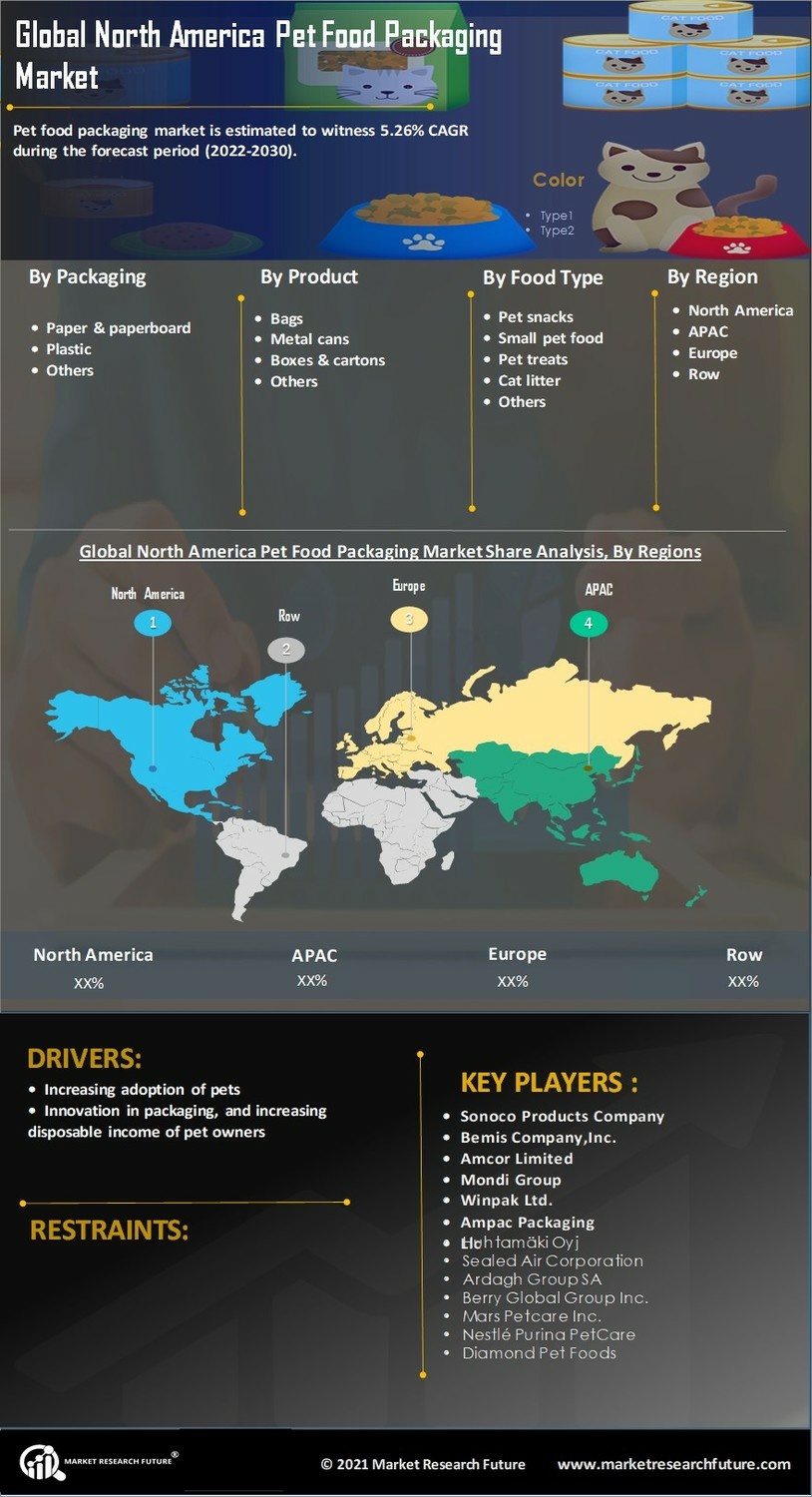

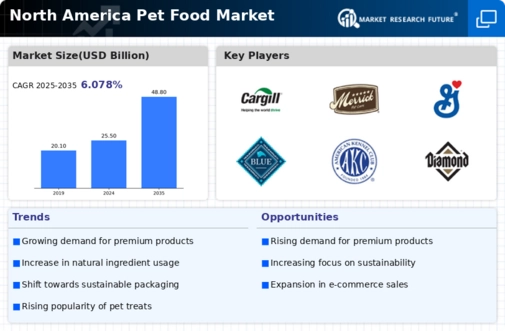
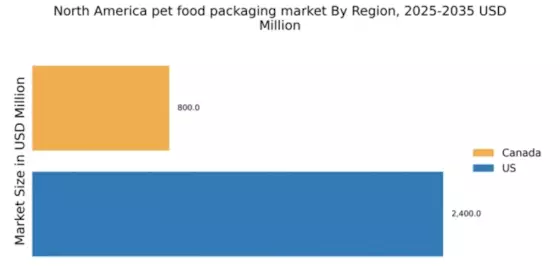
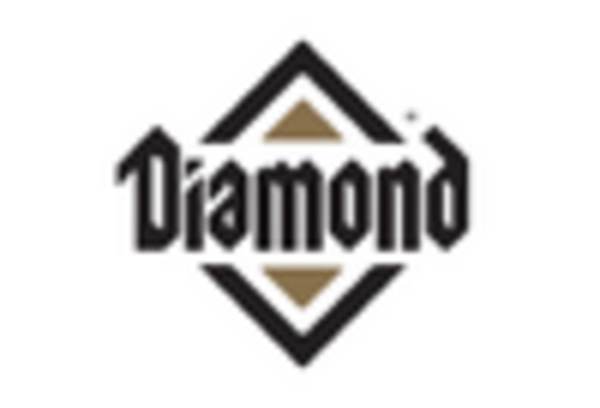
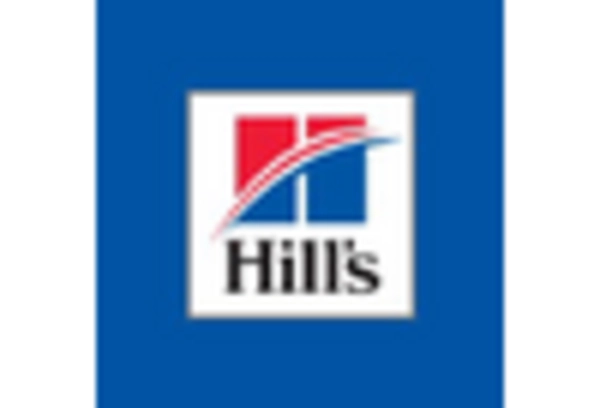
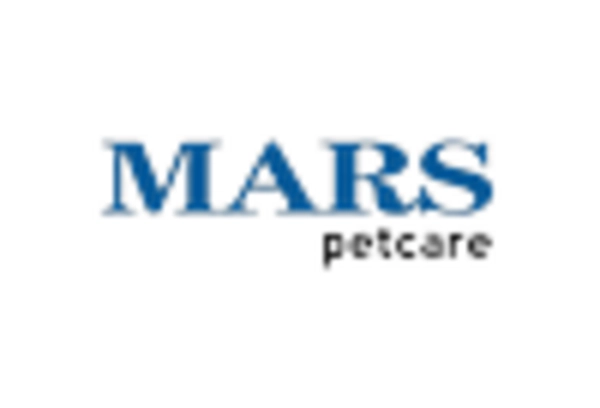
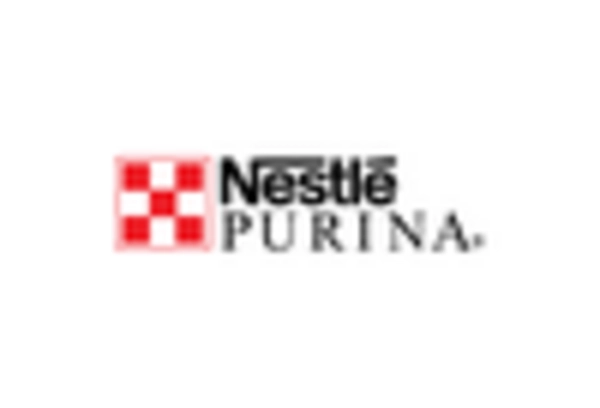










Leave a Comment